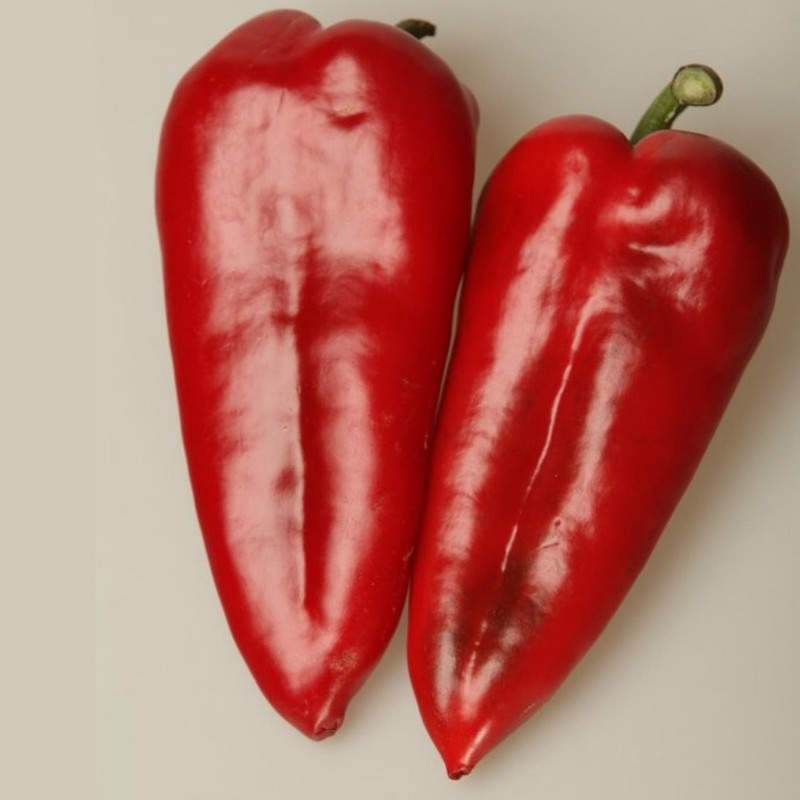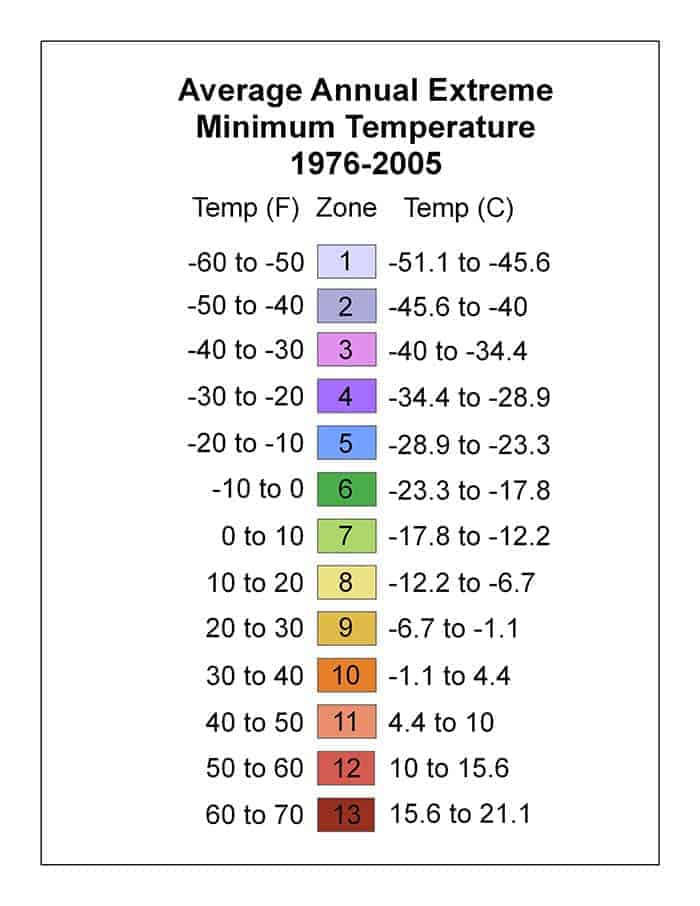
Varietate din Serbia








Amphora is sweet pepper, very large and fleshy fruits. The color of the fruit goes from green to dark red. Reaches a weight of 150-200gr. It is very disease resistant, and
Fisa tehnica

 Reviews (0)
Reviews (0)